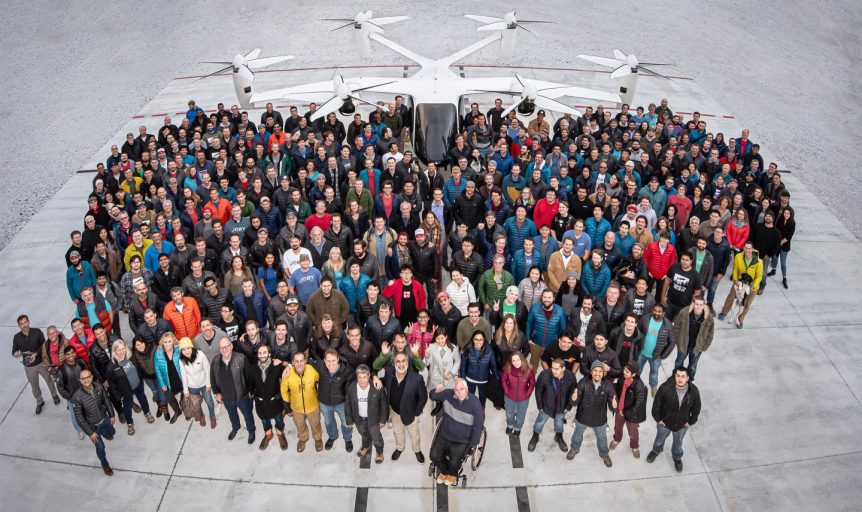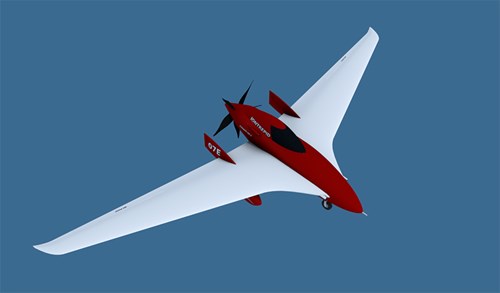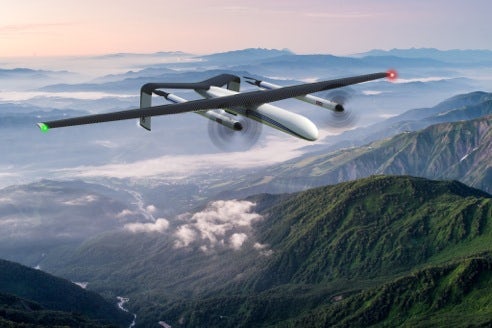Joby Aviation’s recent debut of a very quiet eVTOL (electric Vertical Take Off and Landing) aircraft has caused a stir in the aviation and financial worlds. Silent operation, or as near silent as possible, is essential to the future success of the sky taxi ideal. Toward that end, JoeBen Bevirt, founder and CEO of Joby Aviation, has been working out the many aspects of eVTOL flight for over the past decade. Starting with kites that would generate electricity and pass it down their tethers to ground-based substations, he advanced to investigate how tilting wings and tilting rotors could safely carry passengers to their destinations. He initially recruited a small band of engineers that’s grown to over 700 employees today and created sky taxi that’s drawn the attention of Toyota, Uber, and several venture capitalists. Selling the Silence Most makers of eVTOL machines promote their machines through videos that have musical soundtracks covering operational noises. This is true even for Joby, …
Stimulating Simulations – Air Racing on Screen
Tony Bishop reports on The Royal Aeronautical Society’s International Light Aircraft Design Competition, which provided stimulating simulations for on-screen air racing. The 2019 RAeS competition was to design an electric air-racer, inspired by Air Race E’s new competition starting up in 2020. With a single pilot and short duration, this is an excellent proving ground for new electric power train technologies. According to the RAES, “The design rules were based on Air Race E, but widened to encourage a broader range of configurations. Air Race E rules include a minimum empty weight of 227 kg, a maximum motor power of 150 kW, fixed pitch propellers, a minimum wing area of 6.132 square meters and a fixed main undercarriage. Air Race E also demands that all motors have the same thrust line. This limitation was removed from the RAeS competition to encourage wider innovation.” According to Flyer magazine, racers had to fly around a five-kilometer (3.1 miles) course, staying within high …
Long Hours of Droning On
Several different organizations are trying different ways to keep unmanned aerial vehicles, UAVs, up longer. We’ll look at three recent efforts in long-endurance missions, each with a unique technological approach. Wirth Research – Hydrogen Fuel Cell Wirth Research is now constructing a new tilt rotor, Vertical Take Off and Landing (VTOL), hydrogen fuel cell powered, advanced terrain-mapping drone. Carrying a payload of sensors and onboard data processing capabilities, the vehicle will be powered by a complete H2 storage, control and power system provided by HES of Singapore, a specialist in ultra-light hydrogen fuel cells. The Wirth machine’s missions range from precision agriculture, to pipeline and cable inspection for utilities, surveillance and other security-related tasks, through to detection and monitoring support for ordnance clearance operations. Combining the ability to carry a large payload and provide up to six-hour endurance in the VTOL configuration meant shifting from battery to hydrogen power. HES Founder and CEO, Taras Wankewycz, said, “We are shifting gears …



